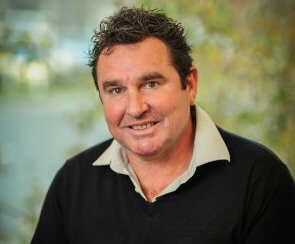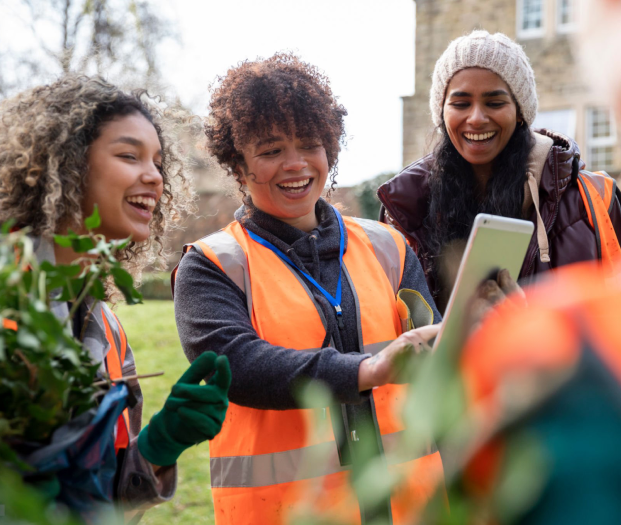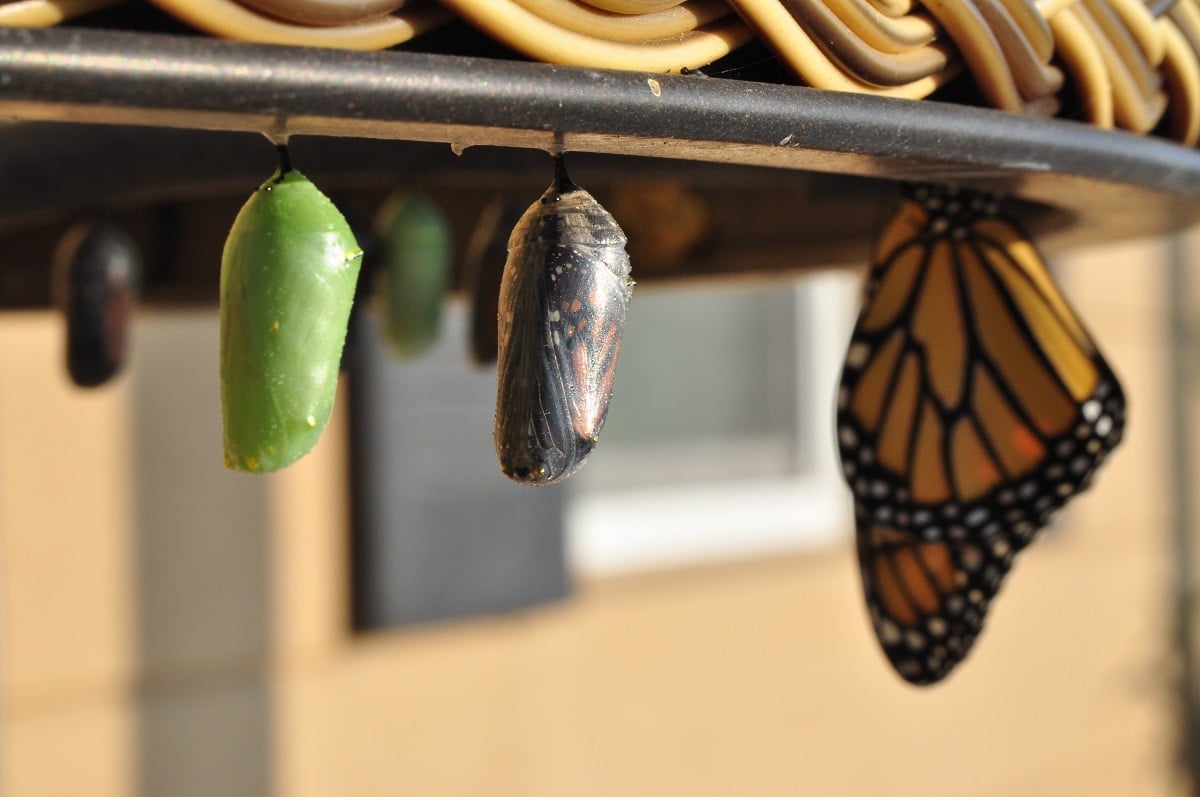Table of contents
Recommended for you

The art of bringing your people on the journey
Diversity and inclusion drives brighter and better business. I’m sure you know that and are familiar with the terms demographic diversity and cognitive diversity.
Demographic diversity gets the most press. That’s about equal ethnic, racial and gender representation and equity in the workplace. It’s about acceptance of LGBT employees. It’s accepting religious and other cultural differences. And it's enormously important.
One of the major reasons we haven’t got there with demographic diversity yet, is because of our shallow understanding of the true benefits of diversity to organisational performance.
We haven’t learned to understand the value of diversity of thinking
Diversity of thinking - or cognitive diversity - however, is the real new frontier. As HR people our greatest challenge - and the greatest benefit we can offer the organisations we serve - is to build organisations that are able to recognise the value of people who have different thinking styles and find ways to leverage them.
That doesn’t mean we should minimise the importance of demographic diversity in our thinking. Quite the opposite.
The fact is that people from different backgrounds, different cultures, are likely to think in different ways. And the fact that we think in different ways is the whole point of building diverse organisations.
The tide must change
A conscious effort is also needed to build a society with ethnic and gender balance and inclusive communities and businesses. We need leaders who foster an inclusive team environment, celebrate diversity of thought, and live and breathe leadership by involvement.
After substantial research, Argentinean HR provocateur Tomas Chamorro-Premuzic wrote Why Do So Many Incompetent Men Become Leaders? (And How To Fix It), asserting many incompetent leaders being men who rise to the top, despite not having good leadership skills.
He quotes a study from 2014 that analysed huge amounts of data about gender differences and concluded that there are indeed some slight differences between the genders. Among these differences are soft skills that make people better leaders.
If leaders were selected on the basis of their emotional intelligence, self-awareness, humility, integrity and coachability, the majority would be female rather than male.
Unfortunately, not all leaders are humble, inclusive women.
Taking it for the team
Everyone wants to be part of a team. For the human being, the need to belong to a team is utterly fundamental to who we are. It’s in our DNA.
We need to belong. We need to feel valued in our group. We need to feel that we’re working toward our group’s shared goal.
As HR professionals you know this. Helping people feel part of their group is fundamental to what you do. You’re trying to build work environments where your people feel they belong, feel their input is valued and feel they’re working towards a shared goal. Where people feel good because their team instinct is being fulfilled.
Involvement is also at the base of our human team instinct. To feel like they belong to a group, people have to feel meaningfully involved in what the group does.
It’s a simple equation. Find ways to involve people meaningfully in their work. Find ways to make a highly diverse group of people feel like they are meaningfully involved in the work on a single team, and you'll be able to watch that team’s productivity and innovation soar.
And this is the inclusion part of the whole diversity and inclusion story.
Inclusive leaders
Can we coach people to practice leadership by involvement and create inclusive teams of diverse people? You bet. At AskYourTeam, we talk about the Three A’s of inclusive leadership; Awareness, Anonymity and Action. we work with organisations, that are prepared to adapt to new frontiers.
We see first-hand, the success of inclusive leaders who are open to change, different perspectives and ideas. They are prepared to trust people even when they think differently to themselves. Such leaders foster growth, by unleashing the passion of their best assets, their people. They work inclusively to lift organisational performance. Taking on feedback, they implement positive change, and enter a cycle of continuous improvement.








